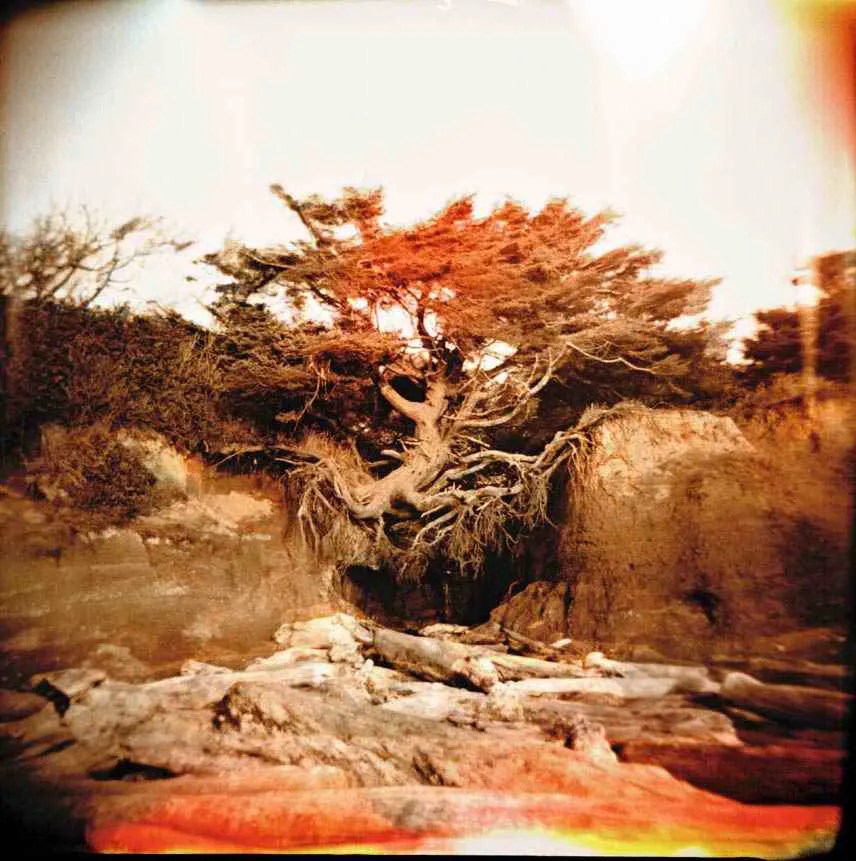
- English
- ePUB (mobile friendly)
- Available on iOS & Android
Insight Guides Travel Photography
About this book
To mark the 40th anniversary of Insight Guides, the leading publisher of visual travel guides, we are publishing our very own Insight Guide to Travel Photography. This practical and informative guide will appeal to keen amateurs as well as complete beginners and covers everything from the history of travel photography to digital processing and the sharing and selling of your own images. The guide features expert advice on how to capture stunning photographs whatever the time of day or year, helped by our destination calendar which conveniently highlights when places are at their most photogenic. Illustrated sections explore all aspects of technique from lighting and composition to camera settings, exposure and lenses. 'The Journey' section explores every kind of travel photography, including Setting Out, Landscapes, Elements and Skyscapes, The Built Environment, People, Wildlife, Details and Close-ups, Transport and Active Pursuits. A section offering tips on how to establish a rapport with people and photograph them successfully and respectfully in their environment in order to gain a greater insight into their world is entirely unique to this guide. Authoritative feature essays focus on areas such as 'Capturing the Soul', 'The Family of Man' and 'Flash Photography'. The handy 'At Home' section provides invaluable advice for preparing for your trip, including what to take and planning the journey, local customs, insurance and protecting your camera. There is also plenty of tips for processing, including how to download safely and getting the most from your images. A full and extensive glossary also details technical jargon, for anything you may need to know. This inspirational and practical guide is of a portable size making it a useful on-the-spot handbook, yet comprehensive enough to be a wonderful reference guide at home.
Frequently asked questions
- Essential is ideal for learners and professionals who enjoy exploring a wide range of subjects. Access the Essential Library with 800,000+ trusted titles and best-sellers across business, personal growth, and the humanities. Includes unlimited reading time and Standard Read Aloud voice.
- Complete: Perfect for advanced learners and researchers needing full, unrestricted access. Unlock 1.4M+ books across hundreds of subjects, including academic and specialized titles. The Complete Plan also includes advanced features like Premium Read Aloud and Research Assistant.
Please note we cannot support devices running on iOS 13 and Android 7 or earlier. Learn more about using the app.
Information
The Camera

An image taken with a Holga recalls the early days of photography.
| Retro Revival |
|---|
Perverse though it may seem to many, the super-technology of digital cameras has bred a reaction – a new-found love among some photographers for the imperfections and distressed-image qualities that came from cheap, throw-away plastic cameras. Models like the Holga and the Diana make a virtue out of low fidelity, utter simplicity, and the effects of using a cheap plastic lens, which include softness, colour fringing, flare and vignetting (darkening towards the corners). This cult is, of course, a part of the constant search among photographers and the people who use photography for new and different styles of imagery. If you are on the road, one extra advantage of toy cameras, if you like their results, is that they are unlikely to get stolen! |

Film has not disappeared altogether
Settings

Crossing the street in Manhattan
Because they are ...
Table of contents
- Cover
- Title
- Introduction
- Content
- Travel Photography: Top Useful Tips
- In the Beginning: A Brief Introduction to Insight Guides
- Decisive Dates
- A New View of the World
- Digital: The Third Age
- Telling the Story
- Sunset and Sunrise
- Abstracts
- Vernacular
- Close-up and Macro
- Underwater
- The Big Picture
- A Feeling for Light
- Composition
- The Camera
- Setting Out
- Landscape
- Elements and Skyscapes
- The Built Environment
- People
- Wildlife
- Details and Close-ups
- Transport
- Active Pursuits
- Destination Calendar
- Glossary
- Preparation
- Processing
- Further Reading